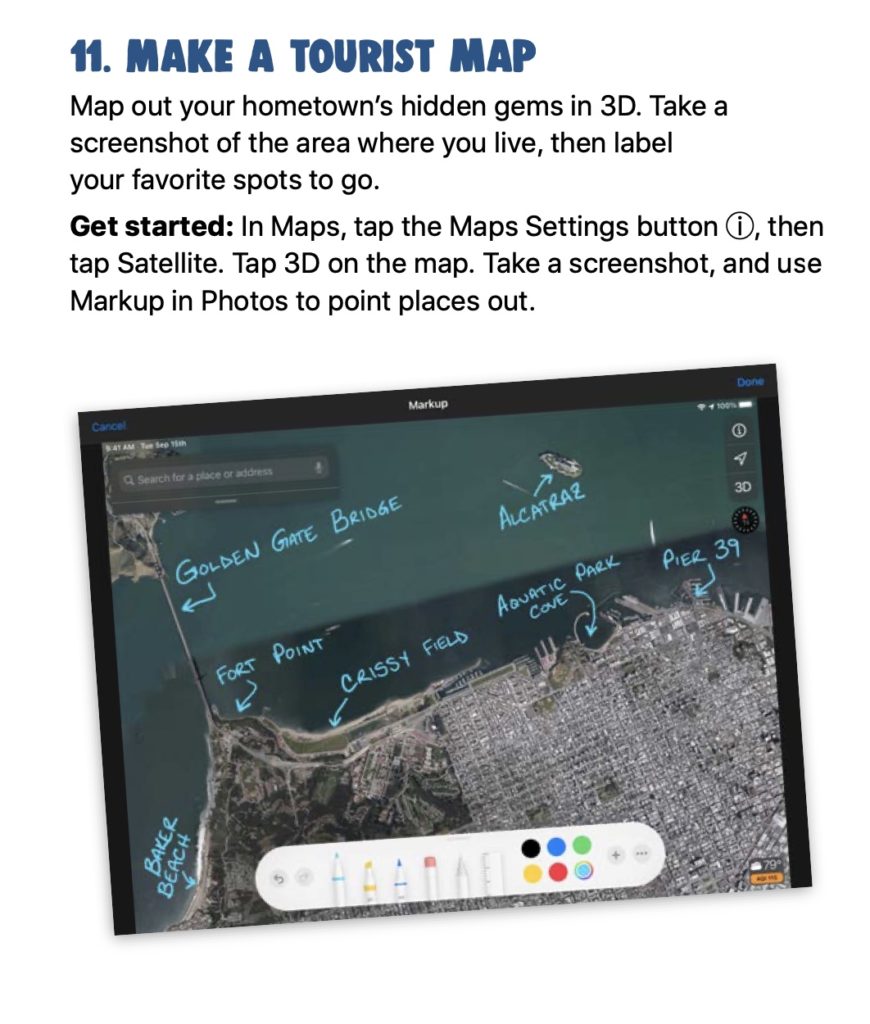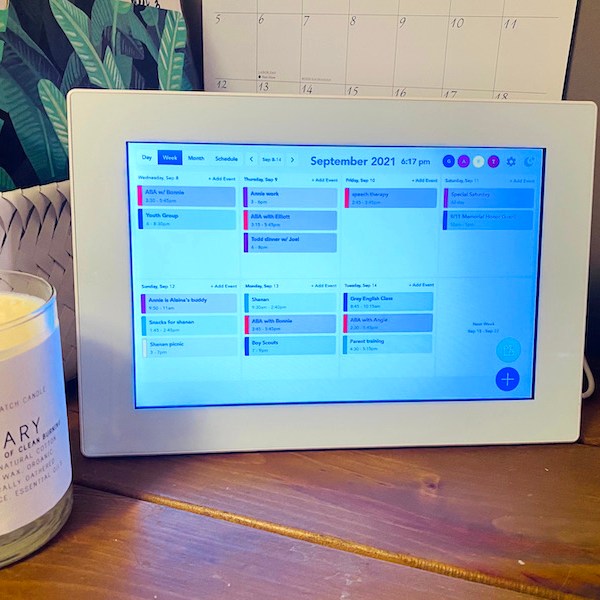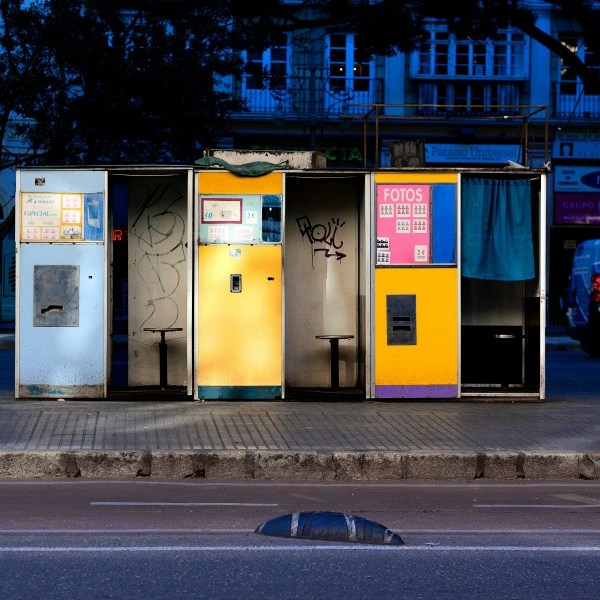I know, I know, the last thing parents want our kids to do this summer is spend all day watching YouTube videos or playing more Minecraft. We’re always hoping our kids can find a little more balance with screen time over the summer, and that whatever screen time they do have can be used maybe in uh, more creative or productive ways.
Which is why I was really pleased when I checked out Apple’s free downloadable workbook of 30 creative activities for kids. Because they’re not all about vegging out on tablets or phones. At all.
Plus, they’re timeless — relevant year after year.

Download the free workbook and you’ll find an interactive list of super fun ideas that kids can do all summer. And beyond.
Click on any of the ideas to go right to the project description. It gives kids just enough structure to get them started, including instructions for what device or app may help them get it done — but not so much info that kids can’t just use it as a jumping off point then finding their own way to execute from there.
Like going on a photo walk with a focus on textures. Creating an Olympic style obstacle course then filming using burst photos. Thanking someone they appreciate — kind of the way we suggested thanking a teacher with free ecard templates. (Psst you might also check out these cool printable gratitude journals for kids while you’re at it.) Or sharing a passion project, whether it’s photographing birds in your backyard (above) or creating a podcast about something your kids love.
There’s really a lot in here!


I also like the idea for creating a tourist map in your own neighborhood. What better way to get kids out on foot or on bikes, spending an entire day away from home until dinner. Or maybe that’s just me reminiscing about my own suburban summers as a kid.
For even more ideas — and can parents ever have too many ideas for engaging our kids? — you can check out the Today At Apple video sessions, which are free on YouTube starting today. The first lesson: How to draw yourself as a Peanuts character with tips from a real animator from The Snoopy Show.
Streaming The Vince Guaraldi Trio’s iconic Peanuts music on Apple Music while they draw, totally optional.

Looking for even more activities for kids who are home this summer? Apple Camp is still registering for free sessionsat Apple Stores around the US, including classes like Music Lab for Kids and Swift Coding Playgrounds












